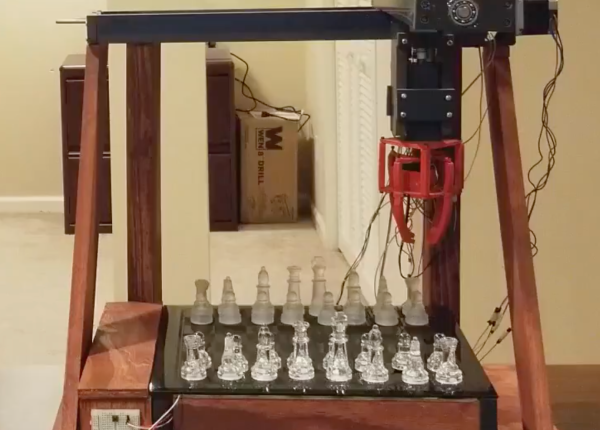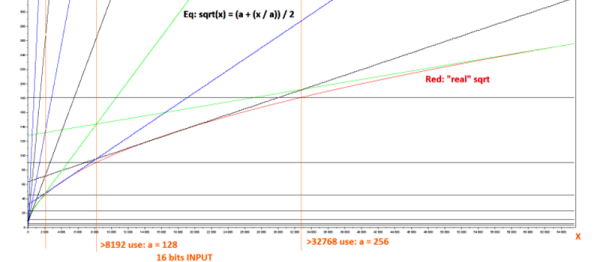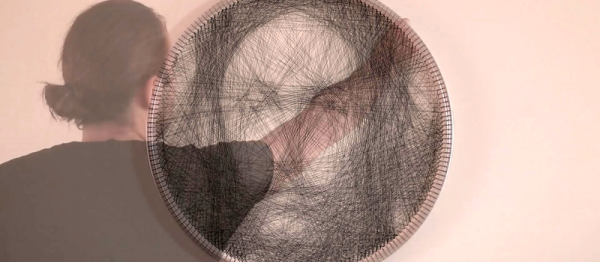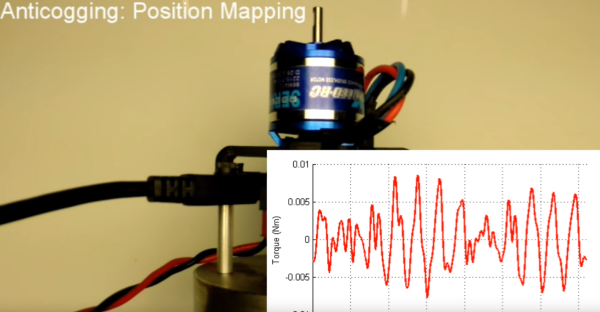[RoboAvatar]’s Chess Robot consists of a gantry-mounted arm that picks up chess pieces and places them in their new location, as directed by the software. The game begins when the human, playing white, makes a move. When a play has been made, the human player presses a button to let the robot to take its turn. You can see it in action in the videos we’ve posted below the break.
Running the robot is an Arduino UNO with a MUX shield as well as a pair of MCP23017 I/O expander chips — a total of 93 pins available! Thanks to all those pins, the Arduino is able to listen to 64 reed switches, one for every square.
The robot detects the human’s move by listening to its reed switches and identifying when there is a change. The gantry consists of X and Y tracks made out of PVC slabs, with half-inch lead screws turned by NEMA-23s and powered by ST-6600 stepper drivers.
Unlike some chess robots that rely on pre-existing software, this one features a custom minimax chess algorithm that [RoboAvatar] coded himself. It consists of Python scripts run on a computer, which interacts with the Arduino via a serial connection. In the second video, he explains how his algorithm works. You can also download the Arduino and Python files from [RoboAvatar]’s GitHub repository.
You’d be surprised how many chess-playing robots we’ve published, like the ChessM8 robot and this voice-controlled chess robot.


















